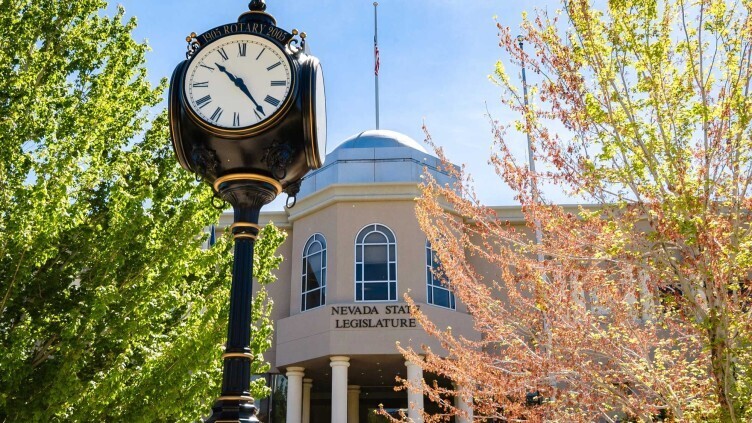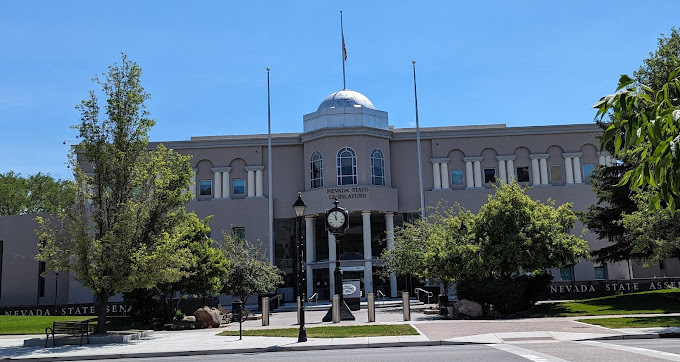ISAACSON LAW BLOG
What Constitutes “Adequate” Reserve Funding?

What Constitutes “Adequate”
Reserve Funding?
NRS 116.3115 requires that a homeowners’ association establish:
“adequate reserves, funded on a reasonable basis, for the repair, replacement and restoration of the major components of the common elements and any other portion of the common-interest community that the association is obligated to maintain, repair, replace or restore.”
While it is well known and accepted that Nevada community associations must have an “adequately” funded reserve, the question often asked is, “how does Nevada law define ‘adequate’? In working with hundreds of community associations, reserve study specialists, managers and board members we find the definition varies from individual to individual.
Some communities we work with define “adequate” as one hundred percent funded. While this is certainly a great approach to ensure a community’s future needs are met, not all communities can or want to institute a reserve assessment that could place its owners in a financially difficult position. Other associations – and many reserve study specialists – use varying percentage benchmarks to determine adequately funded. And some communities do not seem to pay much attention to the matter, which could lead to future financial disaster and/or a decline in a community’s common elements.
However, using a percentage funded as a guidepost ignores Nevada Administrative Code 116.425, which gives us a definition for “adequately funded reserves”. NAC 116.425.2 provides that:
2. . . .“adequately funded reserves” means the funds sufficient to maintain the common elements:
(a) At the level described in the governing documents and in a reserve study; and
(b) Without using the funds from the operating accounts or without special or reserve assessments, except for occurrences that are a result of unforeseen catastrophic events.
NAC 116.425.2. Stated differently, a community association should have reserve funding which provides for the timely repair, replacement and/or restoration of its common-area components without reliance on any supplemental funding.
A determination of whether your community has adequate funding can be gleaned from your community’s most-recent reserve study. Comparing the funding amounts in the association’s reserve account at the beginning and end of each fiscal year to the funding required by the reserve study should show sufficient funds to repair, replace or restore the common-area components in any given fiscal year. If a negative balance exists for any given fiscal year, then a reserve assessment is likely in order.
Should additional reserve funding be necessary to comply with the association’s most-recent reserve study, NRS 116.3115.2 provides that:
“. . . to establish or carry out a funding plan, the executive board may, without seeking or obtaining the approval of the units’ owners, impose any necessary and reasonable assessments against the units in the common-interest community. Any such assessments imposed by the executive board must be based on the study of the reserves of the association conducted pursuant to NRS 116.31152.”
In other words, if the association does not have sufficient reserve funding to meet the community’s needs as stated in the reserve study, the board may impose a reserve assessment. And this reserve assessment may be imposed without a vote of the membership – even if the community’s governing documents state a vote is required.
Keeping an eye on a community’s reserve funding is the best way to prevent future financial difficulties and will go a very long way to preserving the community’s home values – which is the ultimate goal of any community association.
For more information, please contact Troy Isaacson at (702) 529-2559.

LOCATION
- (702) 529-2559
- 4730 S. Fort Apache Rd, Suite 280 Las Vegas, Nevada 89147
BUSINESS HOURS
Monday – Friday: 8:30am to 5:30pm
Recent Blog Posts

Legislative Session 4-20-25

Legislative Session 3/15/25



